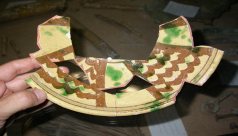From the Field
Monthly Archive: December From
BioBlitz Bits - Elusive At-Risk Birds
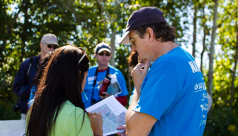
Blog by ROM Assistant Curator of Vertebrate Palaeontology Kevin Seymour
This is the fourth installment of our "BioBlitz Bits" Series - ROM scientists share their favourite stories from past Ontario BioBlitz events
BioBlitz Bits - A Tale of Two Bugs
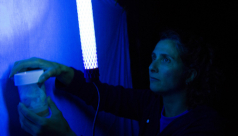
Blog by ROM Entomology Technician Antonia Guidotti
This is the third installment of our "BioBlitz Bits" Series - ROM scientists share their favourite stories from past Ontario BioBlitz events
BioBlitz Bits - Fungi Findings
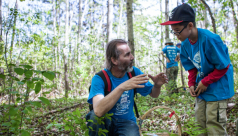
Blog by ROM Senior Curator of Mycology, Jean-Marc Moncalvo
This is the second installment of our "BioBlitz Bits" Series - ROM scientists share their favourite stories from past Ontario BioBlitz events
BioBlitz Bits - Night of the Newts and Salamanders
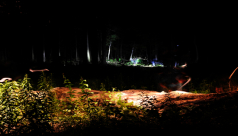
Blog by ROM Herpetology Technician Amy Lathrop
This is the first of our "BioBlitz Bits" Series - ROM scientists share their favourite stories from past Ontario BioBlitz events
The Monastery of St Moses, Syria: The Prehistoric Remains
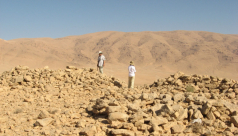
Since 2004 I had walked the Qalamoun mountains around the monastery of Deir Mar Musa looking for archaeological features to record. In all that time I found one lithic, a stone tool from humanity’s prehistoric past. My colleagues back home that specialised in these objects would say that I just didn’t know what I was looking for. In the last days of the 2009 season, what turned out to be my last season at the monastery, I thought I would reconnoitre the southern part of the field area.
The Monastery of St Moses, Syria: The Cave Survey
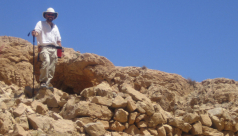
The monastery at Deir Mar Musa would not have just comprised the main buildings, the monks would actually have been dispersed in hermitages across the landscape.
The Monastery of St Moses, Syria: The Frescoes
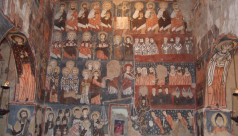
The third in a series on the monastery of St Moses in Syria comprises a detailed examination of the important cycle of 11th-12th century frescoes found in the chapel.
Triceratops Dig Week 2: June 20 - June 27
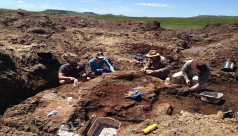
@ROMPalaeo Triceratops Dig Week 2: June 20-June 27
Triceratops Dig Week 1
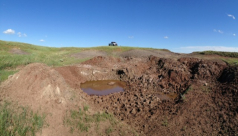
For the past week, a small crew from the Royal Ontario Museum’s palaeontology division has been excavating a Triceratops site on private ranchland in Harding County, South Dakota.

